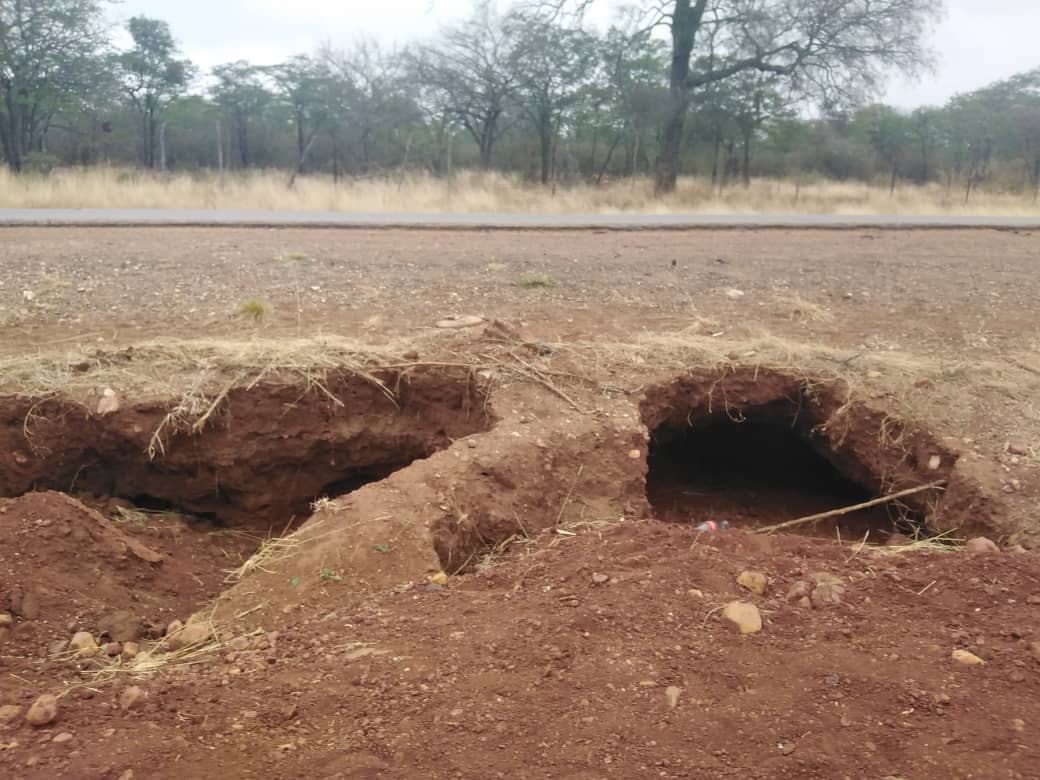The Matabeleland Institute for Human Rights (MIHR) has pleaded with environmental authorities to ensure that artisanal miners rehabilitate land after engaging in mining activities to prevent damage to key infrastructure such as roads and railway lines.
This comes after some artisanal miners dug a tunnel at the 8km peg along the Bulawayo – Gwanda road.
“About 8km from Gwanda town towards Bulawayo, artisanal miners are digging under the main road, creating a human rights and infrastructural risk. MIHR assessment of the area shows that the digging is mainly concentrated towards the busy road and parts of the railway line. As MIHR we call on the responsible authorities to monitor the developments in that area and deploy teams to rehabilitate the environment in order to avert any form of disaster,” said Maphosa.
Matabeleland South Environmental Management Authority provincial director Decent Ndlovu said their organisation was aware of the affected area and work had already commenced to ensure that the area is rehabilitated.
Ndlovu said the Bulawayo-Beitbridge Railway had rehabilitated part of the area where the railway line had been carved under.
“We received this report in February 2021 and assessments were made around April just after the end of the rainy season. We worked with the police to prevent further degradation of the area. By June 16 the BBR had fixed a substantive area by the railway line,” said Ndlovu.
“This weekend we did get some reports from that area so we deployed a team to assess the area. We wanted to ascertain if the area being complained about was the same one or different. We confirmed that it was the same area. The railway line part has been attended to by BBR, what is outstanding now is the area adjacent to the main road.”
Ndlovu said they are currently working with the police to ensure that the area is protected from further damage.
“We engaged the police so that they may prevent artisanal mining from happening in the area. We do not want a situation where we say we have assessed this area and let it be because with artisanal miners you can never be certain. They may find that there are resources they need there and start digging again. We, therefore, liaised with the police to keep an eye on the area.”

